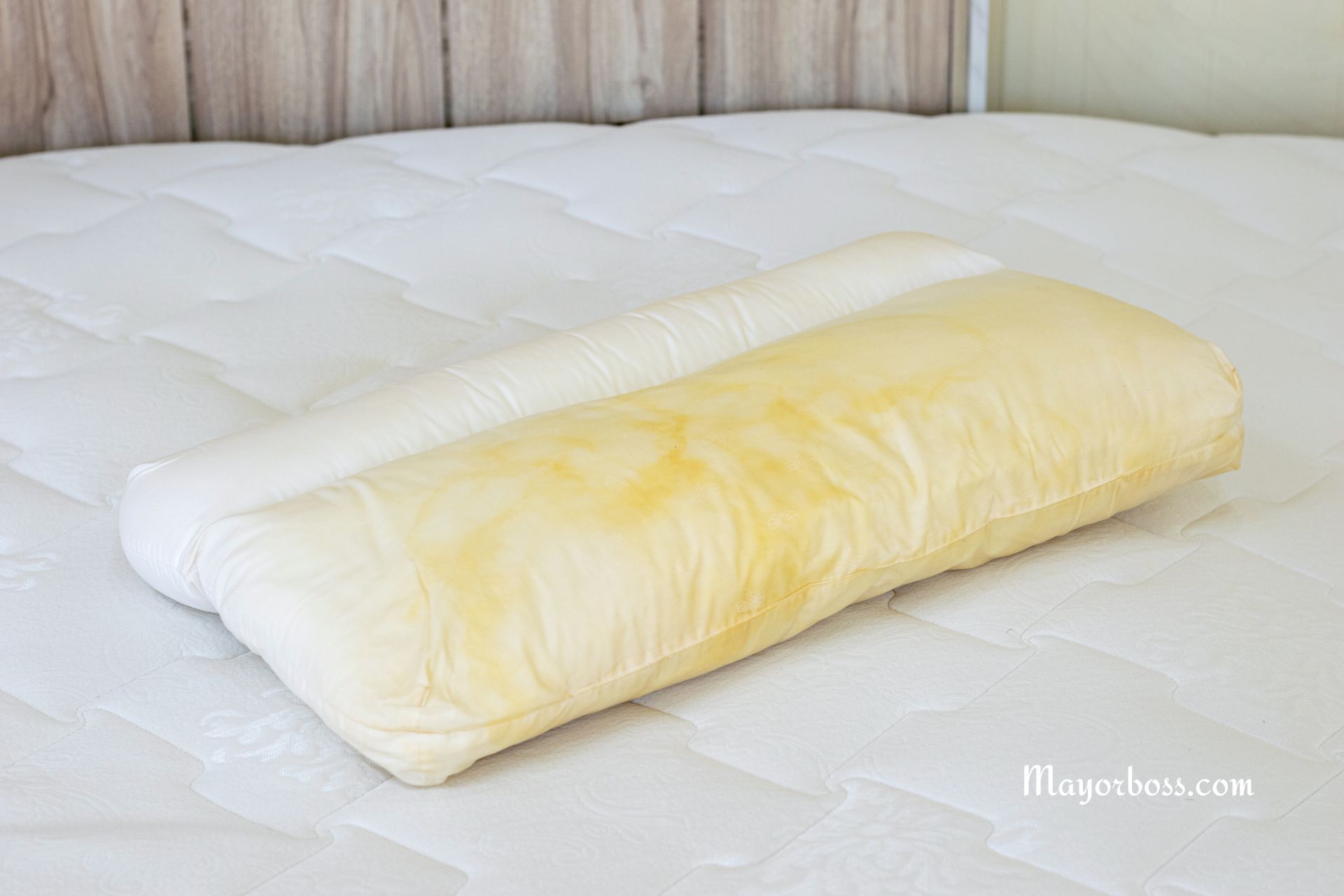Why Do Pillows Turn Yellow? Gross Causes & Easy Cleaning Tips!
Pillows are a staple of comfort in our bedrooms. But what happens when those fluffy white pillows start to develop an unsightly yellow tinge? It might make you cringe a bit, but understanding why pillows turn yellow is the first step in getting them back to their pristine white glory.

The Gross Truth: Body Fluids and Oils
The primary reasons behind yellow pillows are the natural substances our bodies produce:
- Sweat: We all sweat, even during sleep. This moisture gets absorbed by your pillow, leaving behind salts and minerals that can lead to yellow stains.
- Saliva: Drooling (whether a little or a lot) is natural, and the saliva that escapes can seep into your pillow, contributing to staining.
- Body Oils: Our skin produces natural oils that transfer to our pillows over time. These oils can oxidize, causing yellowing.
- Product Buildup: Hair products, makeup, and even skincare lotions can leave residue on your pillowcase, further contributing to discoloration.
Other Factors that Speed Up the Yellowing
Here are some less obvious culprits that may be hastening the yellowing of your pillow:
- Delayed Washing: Sweat, saliva, and oils build up over time. Delaying changing your pillowcase creates an ideal environment for yellowing to occur.
- Infrequent Pillow Washing: Even with regular pillowcase changes, occasionally washing the pillow itself is necessary.
- Sunlight: Prolonged exposure to sunlight can accelerate the yellowing process in pillows.
Easy Cleaning Tips to Get Your Pillows White Again
Don’t despair! You don’t need to toss your yellow pillows. With simple household ingredients and a bit of effort, you can have them looking as good as new.
1. Pre-Soaking:
- Mix a solution of hot water, laundry detergent, a scoop of oxygen-based bleach (like OxiClean), and a bit of borax in a bathtub or large basin.
- Submerge your pillows and allow them to soak for several hours.
2. Machine Washing:
- After soaking, load your pillows into the washing machine.
- Add your regular laundry detergent.
- Toss in a cup of white vinegar for extra brightening and deodorizing power.
- Wash on a hot water cycle.
3. Drying Thoroughly:
- It’s crucial to dry your pillows completely to prevent mold and mildew growth.
- Tumble dry on low heat with a few dryer balls or clean tennis balls to help fluff them up.
- On sunny days, place pillows outside for natural bleaching and drying.
Prevention
Once your pillows are sparkling white again, here’s how to keep them that way:
- Change Pillowcases Regularly: Wash your pillowcases at least once a week, especially if you sweat at night.
- Wash Pillows Frequently: Aim to wash your pillows every 3-6 months.
- Pillow Protectors: Add an extra layer of protection with pillow protectors, which can be washed more easily.
- Spot Clean: Address stains on pillowcases promptly to prevent them from setting.
Frequently Asked Questions
Q: Are yellowed pillows unsafe? A: Yellowed pillows are generally not harmful. However, the buildup of body fluids can create an environment for potential allergens.
Q: Can pillows that have turned yellow be restored? A: Yes! In most cases, the cleaning techniques described above can significantly improve the look of your pillows.
Q: Is it okay to sleep on a yellowed pillow? A: Though not necessarily unsafe, a yellowed pillow may be less comfortable and aesthetically unappealing.
Summary
Pillows turning yellow is caused by sweat, saliva, oils, and sometimes product build-up. Regular washing of pillowcases and deep cleaning of the pillows themselves helps prevent and address this issue. By following these tips, you can keep your pillows fresh, clean, and inviting for a good night’s sleep!
